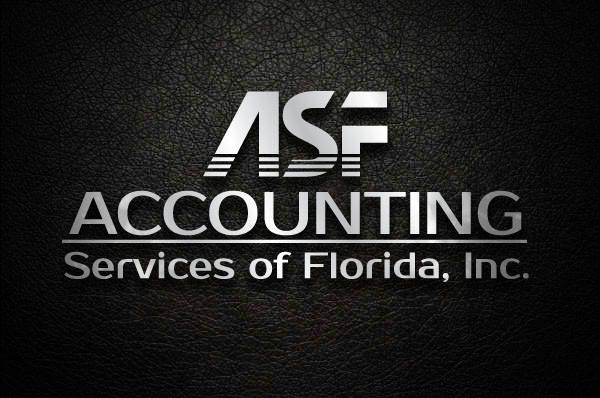Even though only a couple months remain in 2015, you still have time to act so you aren’t surprised at tax-time next year. You should take steps now to avoid owing more taxes or getting a larger refund than you expect.
Here are some actions you can take to bring the taxes you pay in advance closer to what you’ll owe when you file your tax return:
• Adjust your withholding. If you’re an employee and you think that your tax withholding will fall short of your total 2015 tax liability, you may be able to avoid an unexpected tax bill by increasing your withholding. If you are having too much tax withheld, you may get a larger refund than you expect. In either case, you can complete a new Form W-4, Employee’s Withholding Allowance Certificate, and give it to your employer. If you feel you will be short, enter the added amount you want withheld from each paycheck until the end of the year on Line 6 of the W-4 form. You usually can have less tax withheld by increasing your withholding allowances on line 5. You can use the IRS Withholding Calculator tool on IRS.gov to help you fill out the form.
• Change taxes with life events. You may need to change the taxes you pay when certain life events take place. A change in your marital status or the birth of a child can change the amount of taxes you owe. When they happen you can submit a new Form W–4 at work or change your estimated tax payment.
• Be accurate on your W-4. When you start a new job, you fill out a Form W-4. It’s important for you to accurately complete the form. For example, special rules apply if you work two jobs or you claim tax credits on your tax return. Your employer will use the form to figure the amount of federal income tax to withhold from your pay.
• Pay estimated tax if required. If you get income that’s not subject to withholding, you may need to pay estimated tax. This may include income, such as self-employment, interest or rent. If you expect to owe $1,000 or more in tax, and meet other conditions, you may need to pay this tax. You normally pay the tax four times a year. Use Form 1040-ES, Estimated Tax for Individuals, to figure and pay the tax.
